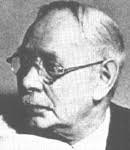
1872 - 1946
Morris Hirshfield

description
An American Jewish-born self-taught artist, native of Russian Poland. He painted nudes, landscapes, portraits, still lifes, depicted a lot of animals – both wild and domestic. Trying to follow the academic art conventions, he eventually came to his own non-traditional style, fully falling under the definition of naive art. In the period of his short creative career (he started painting at the age of 65 and lived 74 years), he created 77 paintings. Most of them belong to the New York MoMA (an abbreviation of “Museum of Modern Art”) and to the Parisian National Museum of Art Nouveau.
Key ideas:
– Being an old self-taught artist, both in terms of technology and knowledge of the achievements of the visual arts, created a completely original painting style. This is why art experts see motives of ancient Egypt, connection with the folk art of Polynesia and Africa, references to the art of the Middle Ages, as well as pre-renaissance painting and similarity to a special genre, heraldic images and signs, in the paintings of the American representative of naive art.
– Morris, trying to imitate the realistic art, as if no Art Nouveau or Surrealism existed, bitterly admitted, «I could not do what my mind demanded”. The lack of special training and the inability to master drawing, shapes and shades lead to the creation of the original style, when objects hover somewhere between myth and reality surrounded by carefully depicted background details.
– He painted women who looked like magnificent idols to worship. At the same time, he avoided using nature, but worked from photographs and from memory.
– He depicted wild animals and home pets with completely human “faces”, statically “hovering” on disproportionately small paws above bushes and grass. At the same time, that was mostly not a lonely beast, but a whole «happy family», always playful and cheerful, enjoying each other’s company. The pattern on the bodies of zebras and leopards, resembling a tightly stuffed sausage, is improbably decorative, as is the ornamental nature framing them. For example, a schematic drawing of a “herringbone” for bushes and trees used most often is very similar to stencil.
– The dominant feature of Hirshfield’s technique was the use of curvilinear shapes for the very objects of the image, which (most likely subconsciously) are reflected in the undulating landscape.
– Bright colors in the most unexpected combination, an unusual technique, the origins of which lay in the experience of working with fabrics and in the almost painful meticulousness of Morris the artist, as well as the lack of interest in ordinary topics made up the beauty of Hirschfield’s naive art.
– The notorious “two left legs” of models become the author’s peculiarity, emphasizing the archaic features inherent in his paintings and strongly resembling either child’s drawings, or primitive art. Moreover, he himself explained that home slippers, which he had been making for many decades, are made on the pattern of one foot.
1872
1890
1902
1935
1939
1943
1945
1946
The birth of the artist
The family emigrated to New York
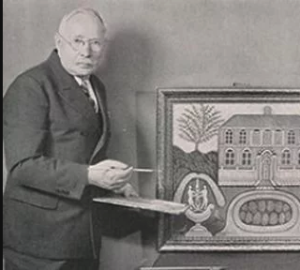
He opened the company “EZ Walk Manufacturing”
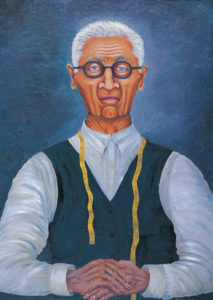
Decided to take up drawing and painting
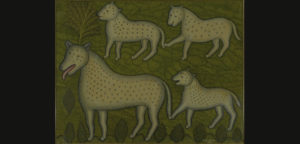
Two canvases of the artist were exhibited at the New York MoMA
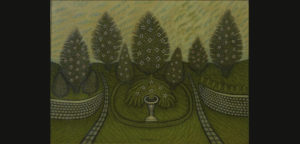
The personal exhibition was held in MoMa
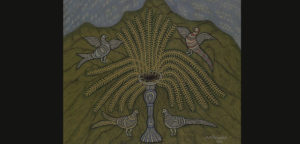
The additional exhibitions of the artist’s works
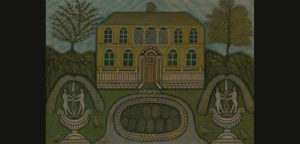
The death

